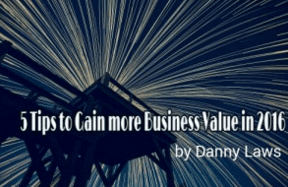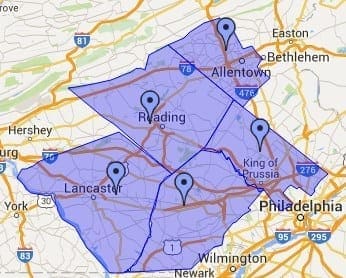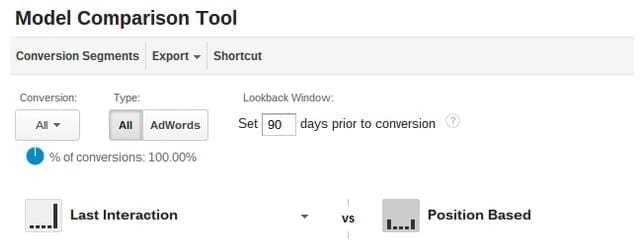DaBrian Marketing Group’s President and CEO, Daniel Laws, was a featured on Web Analytics World. His featured blog, “5 Tips to Get More Value From Your Business Data” discusses the changes made to your marketing tools that will lead your company to more data and capabilities. READ MORE






